The lower basement and ground floor of this old, listed country house has been under complete refurbishment. The last major renovations have been done in 1970s when an electro-osmosis dehydration system has also been fitted.
One of the challenges with this building was that the external ground levels were about 1 meter above the ground floor level. Due to the surroundings and the listed nature of the building, French drains were not an option; they were not allowed.
The average thickness of the walls varied between 600-800 mm, however in places certain sections exceeded 1 meter in thickness. This was also beneficial as it contained some of the sideways pressure.
The Dampness Survey - Findings
The renovations during the 1970s have been mainly done with modern materials - sand & cement and gypsum plasters - which covered up the dampness problem rather than solving it. They have also contributed to the movement of moisture upwards inside the walls as evaporation through the cement plaster was very limited. The accumulated ground salts have gradually broken down the plaster, in certain areas very badly.
Some walls have been plasterboarded. Instead of mounting the plasterboard onto battens, they have been dot-and-dabbed onto the walls. The ground salts gradually permeated the glue and the plasterboard, resulting in damp patches high up on the walls.
Due to the combined effect of several factors - the thickness of the walls, the non-breathable plaster and the presence of sideways pressure - the walls were very damp.
We have done a detailed survey of the ground floor including:
- Dampness measurements with microwave meters, the latest technology
- Gravimetric analysis of the drilled sample, the most accurate measurement method
- Salts chemical analysis
Proposed Solution
As the project already have been managed by (conservation) professionals - architects, builders, project managers - so the renovation of the building has been on track. All work is being done with building-friendly materials (such as lime) and technologies specific to old listed buildings, while adapting the building to contemporary requirements, e.g. installing a new floor with modern DPM (damp proof membrane) and underfloor heating,
To resolve the problem of damp, a large magnetic dehydration system & DPC has been specified, which is capable of permanently dehydrating the full wing of the building being refurbished.
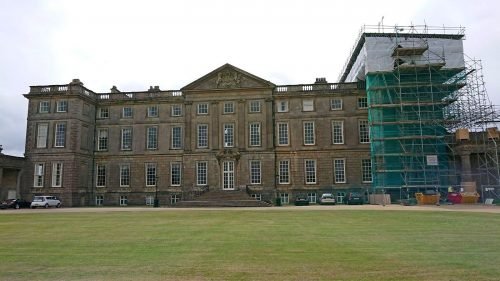
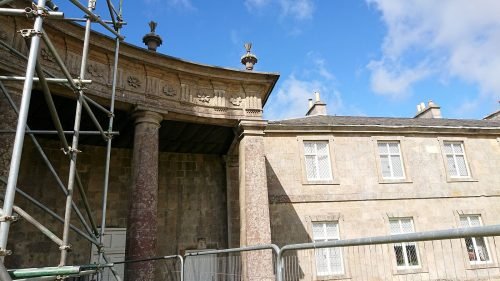
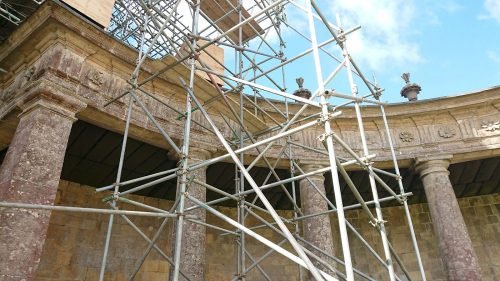
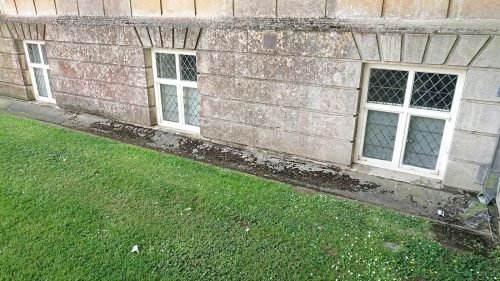
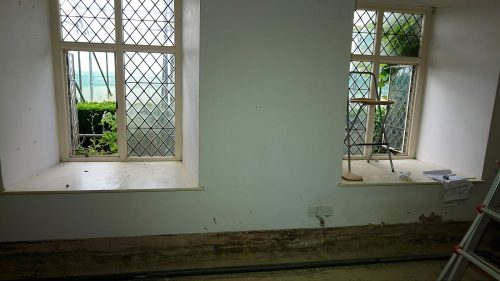
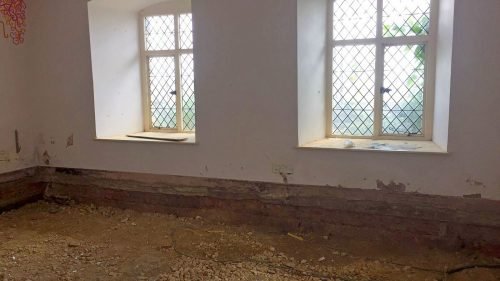
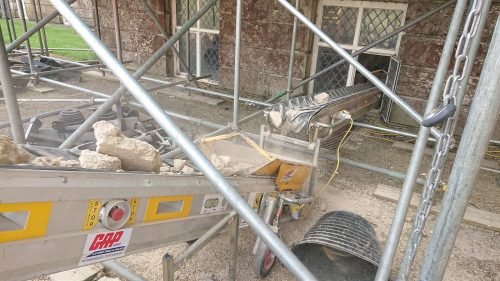
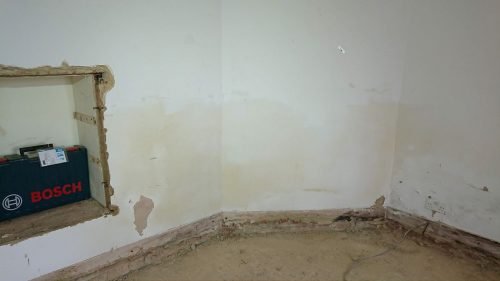
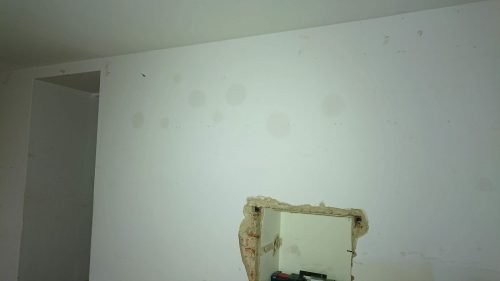
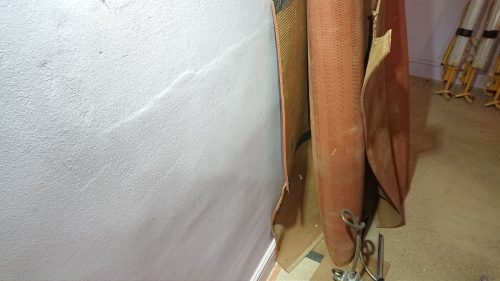
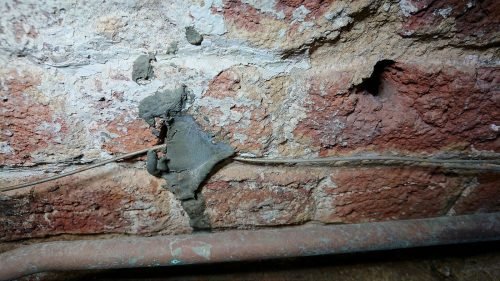
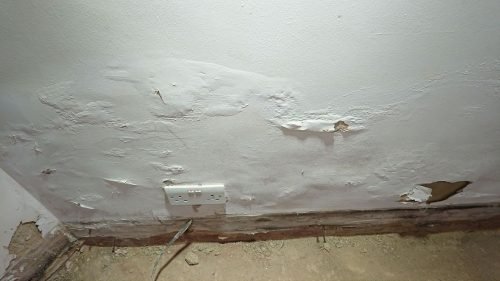
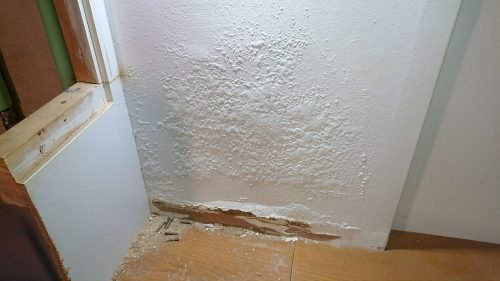
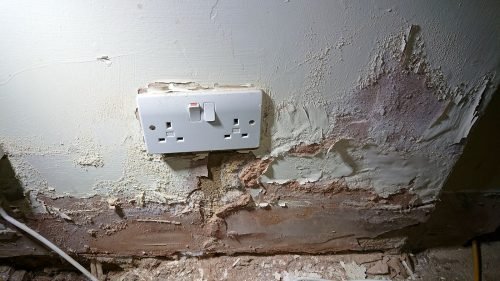
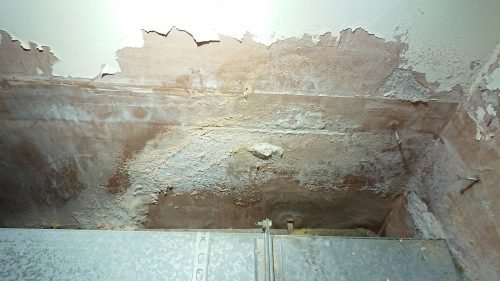
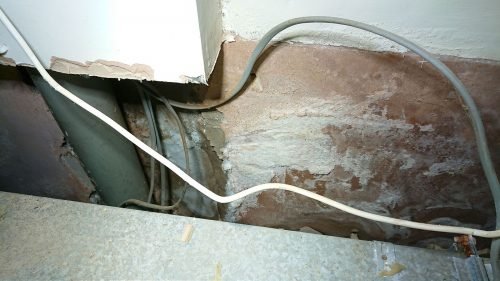
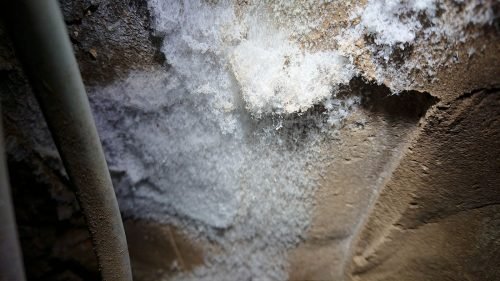
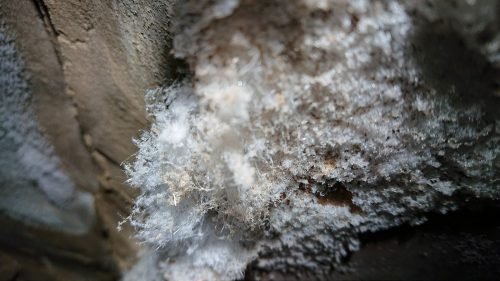
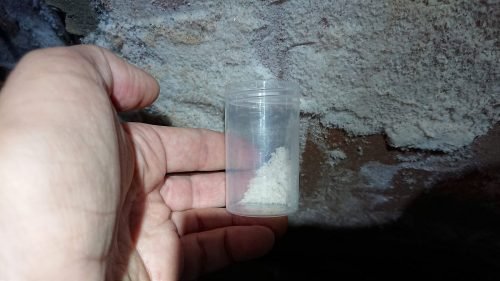
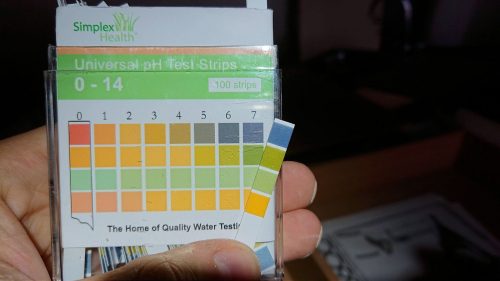
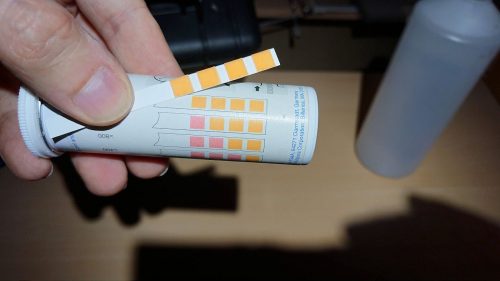
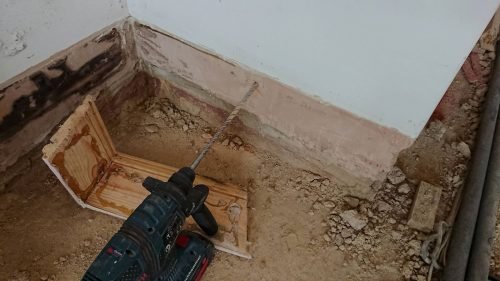
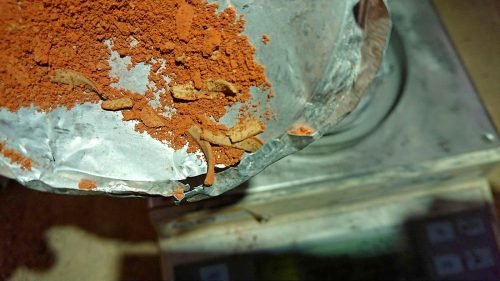
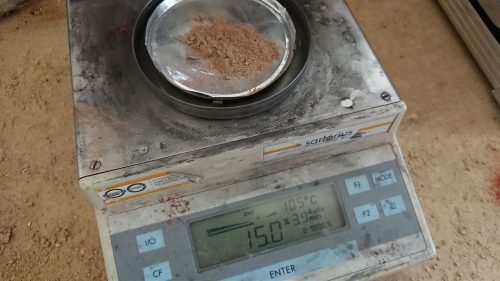
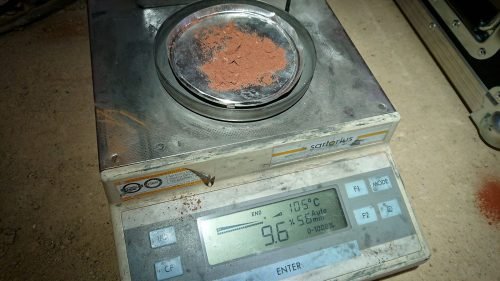
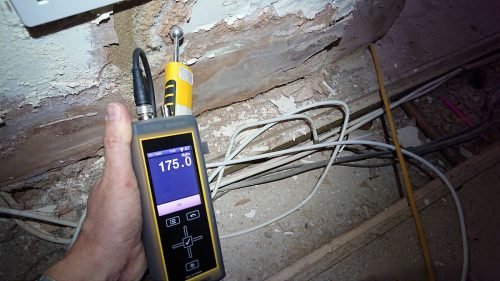
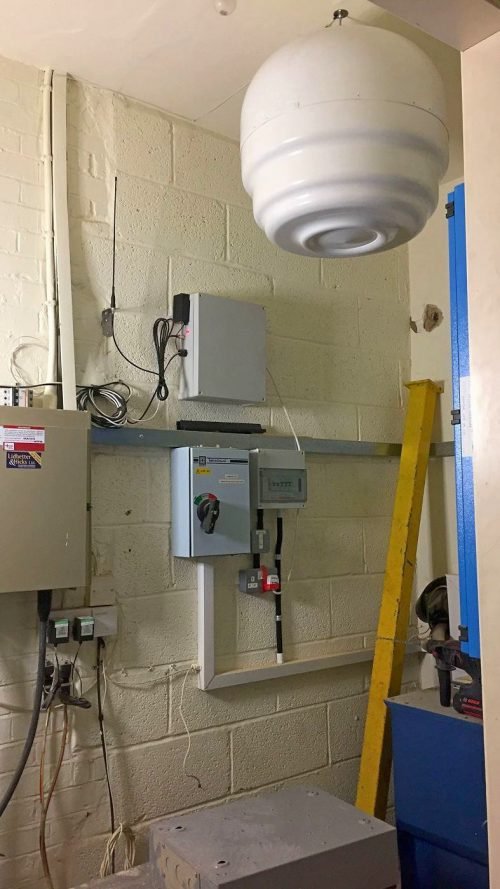
The installation of the system has been completed and we are in the process of monitoring the building during until it dries out.

